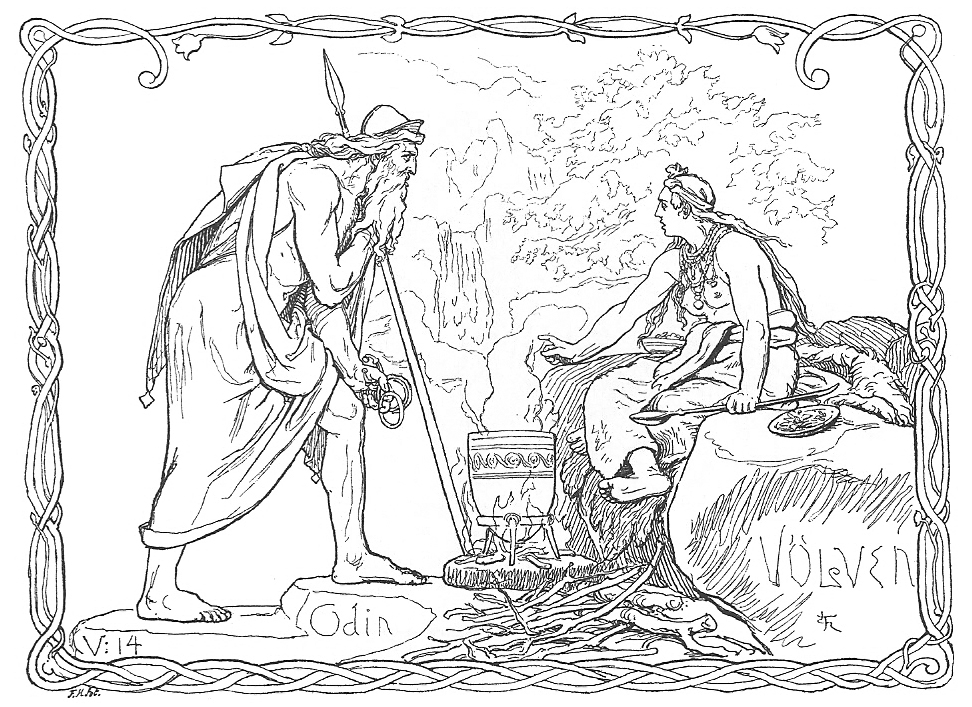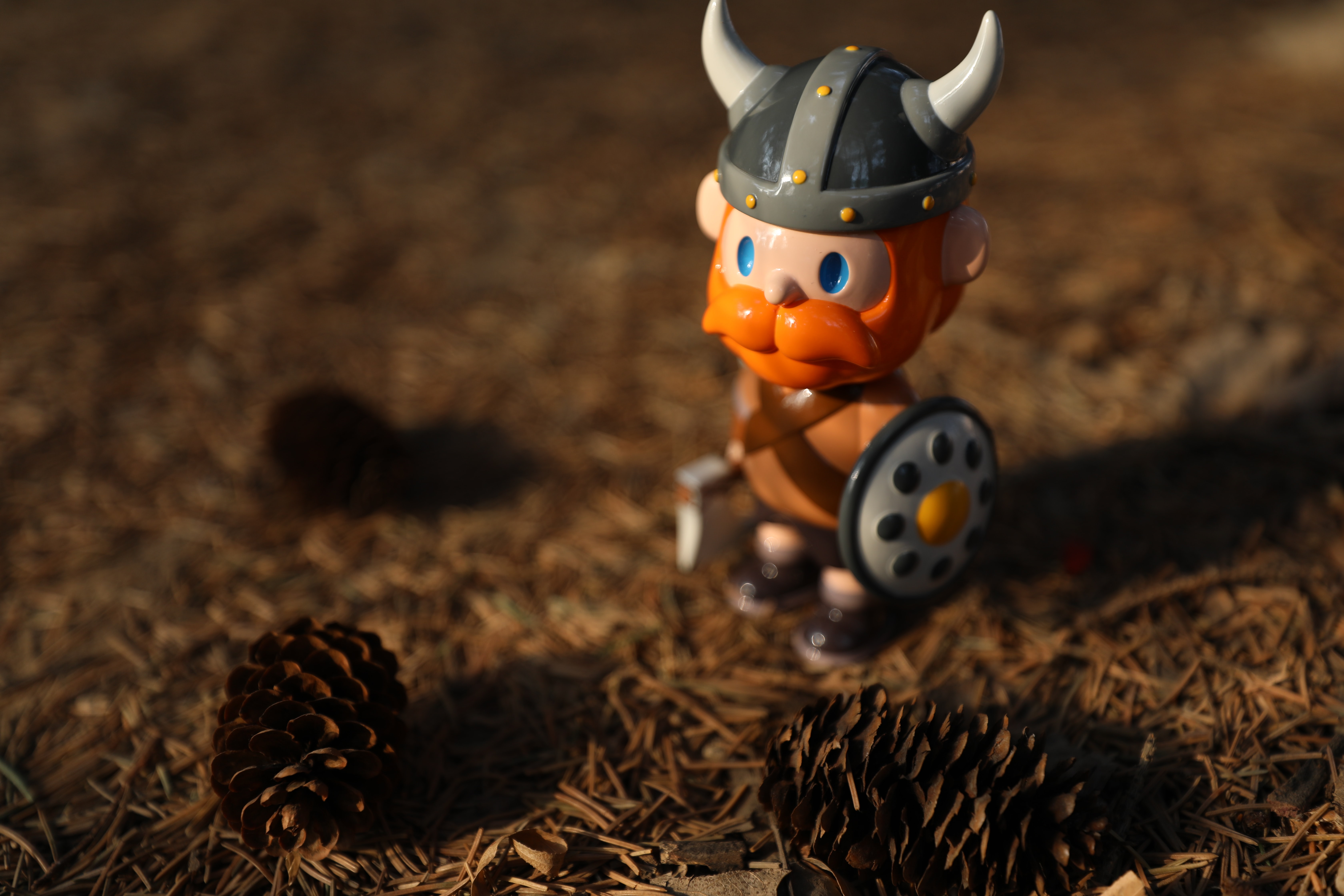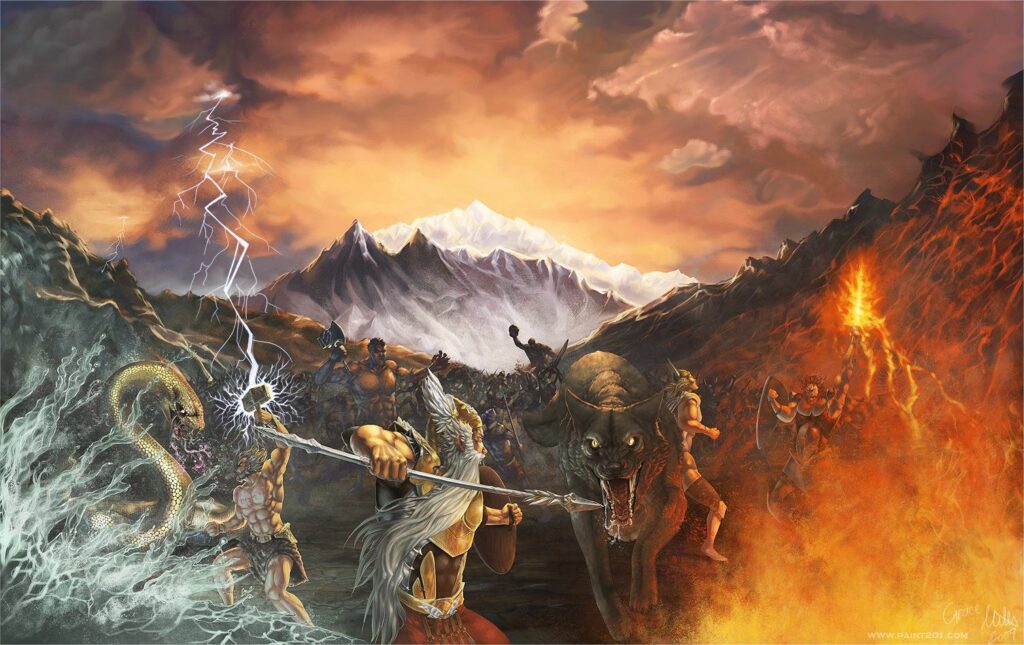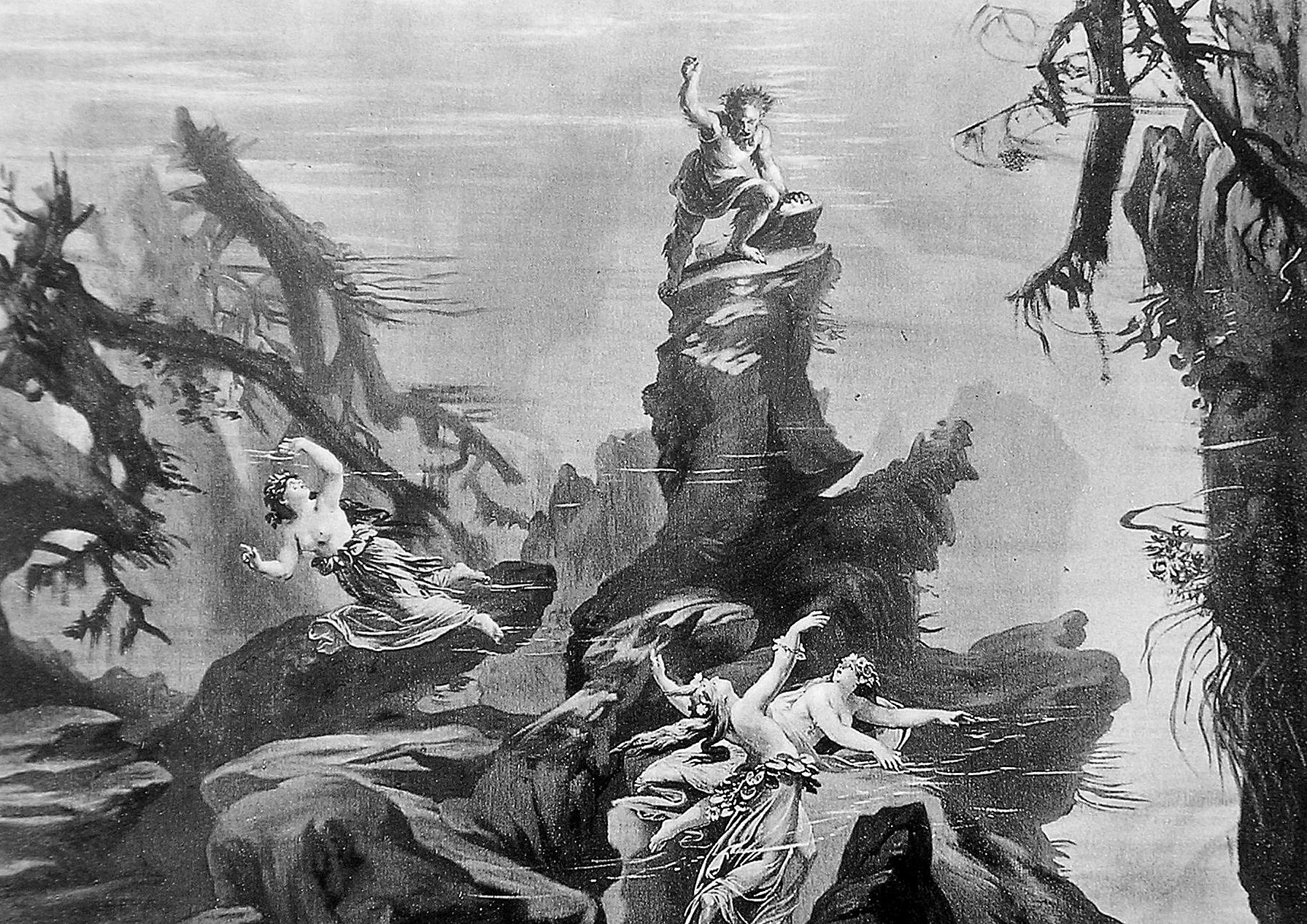 Norse mythology is the body of myths of the North Germanic peoples, and is
the northernmost extension of Germanic mythology, Norse mythology consists
of tales of various deities, beings, and heroes derived from both before
and after the pagan period, including medieval manuscripts, archaeological
representations, and folk tradition.
Norse mythology is the body of myths of the North Germanic peoples, and is
the northernmost extension of Germanic mythology, Norse mythology consists
of tales of various deities, beings, and heroes derived from both before
and after the pagan period, including medieval manuscripts, archaeological
representations, and folk tradition.
The source texts mention numerous gods, such as the hammer-wielding, humanity-protecting thunder-god Thor, who relentlessly fights his foes; the one-eyed, raven-flanked god Odin, who craftily pursues knowledge throughout the worlds and bestowed among humanity the runic alphabet; the beautiful, seiðr-working, feathered cloak-clad goddess Freyja who rides to battle to choose among the slain; the vengeful, skiing goddess Skaði, who prefers the wolf howls of the winter mountains to the seashore; the powerful god Njörðr, who may calm both sea and fire and grant wealth and land; the god Freyr, whose weather and farming associations bring peace and pleasure to humanity; the goddess Iðunn, who keeps apples that grant eternal youthfulness; the mysterious god Heimdallr, who is born of nine mothers, can hear grass grow, has gold teeth, and possesses a resounding horn; the jötunn Loki, who brings tragedy to the gods by engineering the death of the goddess Frigg’s beautiful son Baldr; and numerous other deities.
 Vikings were the seafaring Norse people from southern Scandinavia
(present-day Denmark, Norway and Sweden) who from the late 8th to late 11th
centuries raided, pirated, traded and settled throughout parts of Europe.
They also voyaged as far as the Mediterranean, North Africa, the Middle
East, and North America. They raided and settled, the period is known as
the Viking Age. The Vikings had a profound impact on the early medieval
history of Scandinavia, the British Isles, France, Estonia, and Kievan Rus.
Vikings were the seafaring Norse people from southern Scandinavia
(present-day Denmark, Norway and Sweden) who from the late 8th to late 11th
centuries raided, pirated, traded and settled throughout parts of Europe.
They also voyaged as far as the Mediterranean, North Africa, the Middle
East, and North America. They raided and settled, the period is known as
the Viking Age. The Vikings had a profound impact on the early medieval
history of Scandinavia, the British Isles, France, Estonia, and Kievan Rus.
 In Norse mythology, Ragnarök is a important series of events, including a
great battle, foretold to lead to the death of a number of gods such as
(Odin, Thor, Týr, etc.), natural disasters and the submersion of the world
in water. After that, the world will resurface and fertile, the surviving
and returning gods will meet and the world will be repopulated by two human
survivors. The Ragnarök is a prophecy and the events are note happened yet,
it is also called "Twilight of the gods".
In Norse mythology, Ragnarök is a important series of events, including a
great battle, foretold to lead to the death of a number of gods such as
(Odin, Thor, Týr, etc.), natural disasters and the submersion of the world
in water. After that, the world will resurface and fertile, the surviving
and returning gods will meet and the world will be repopulated by two human
survivors. The Ragnarök is a prophecy and the events are note happened yet,
it is also called "Twilight of the gods".
 In medieval German, several other uses of the term Nibelung are documented
besides the reference to the Gibichungs: it refers to the king and
inhabitants of a mythical land inhabited by dwarfs and giants in the first
half of the Nibelungenlied, as well as to the father and one of two
brothers fighting over a divided inheritance. This land and its inhabitants
give their name to the "hoard of the Nibelungs" (Middle High German der
Nibelunge hort). In the late medieval Lied vom Hürnen Seyfrid, the name, in
the form Nybling or Nibling, is given to a dwarf who again gives his name
to the treasure.
In medieval German, several other uses of the term Nibelung are documented
besides the reference to the Gibichungs: it refers to the king and
inhabitants of a mythical land inhabited by dwarfs and giants in the first
half of the Nibelungenlied, as well as to the father and one of two
brothers fighting over a divided inheritance. This land and its inhabitants
give their name to the "hoard of the Nibelungs" (Middle High German der
Nibelunge hort). In the late medieval Lied vom Hürnen Seyfrid, the name, in
the form Nybling or Nibling, is given to a dwarf who again gives his name
to the treasure.